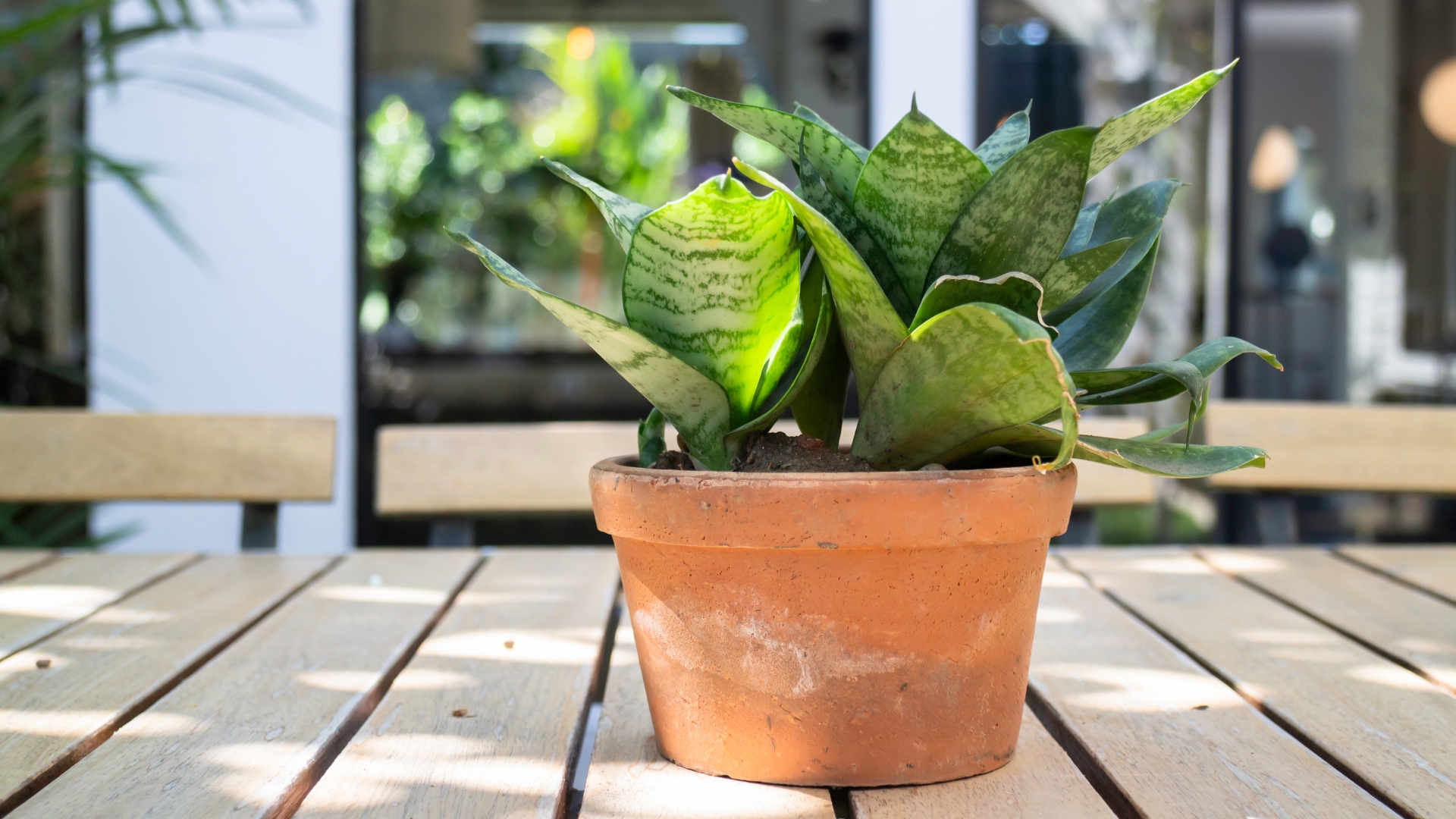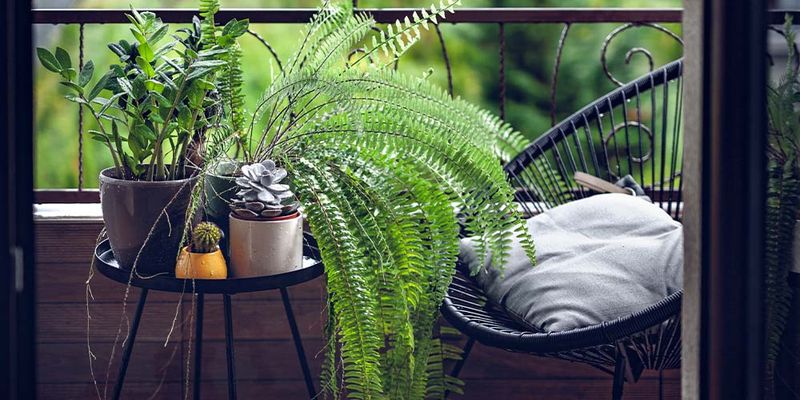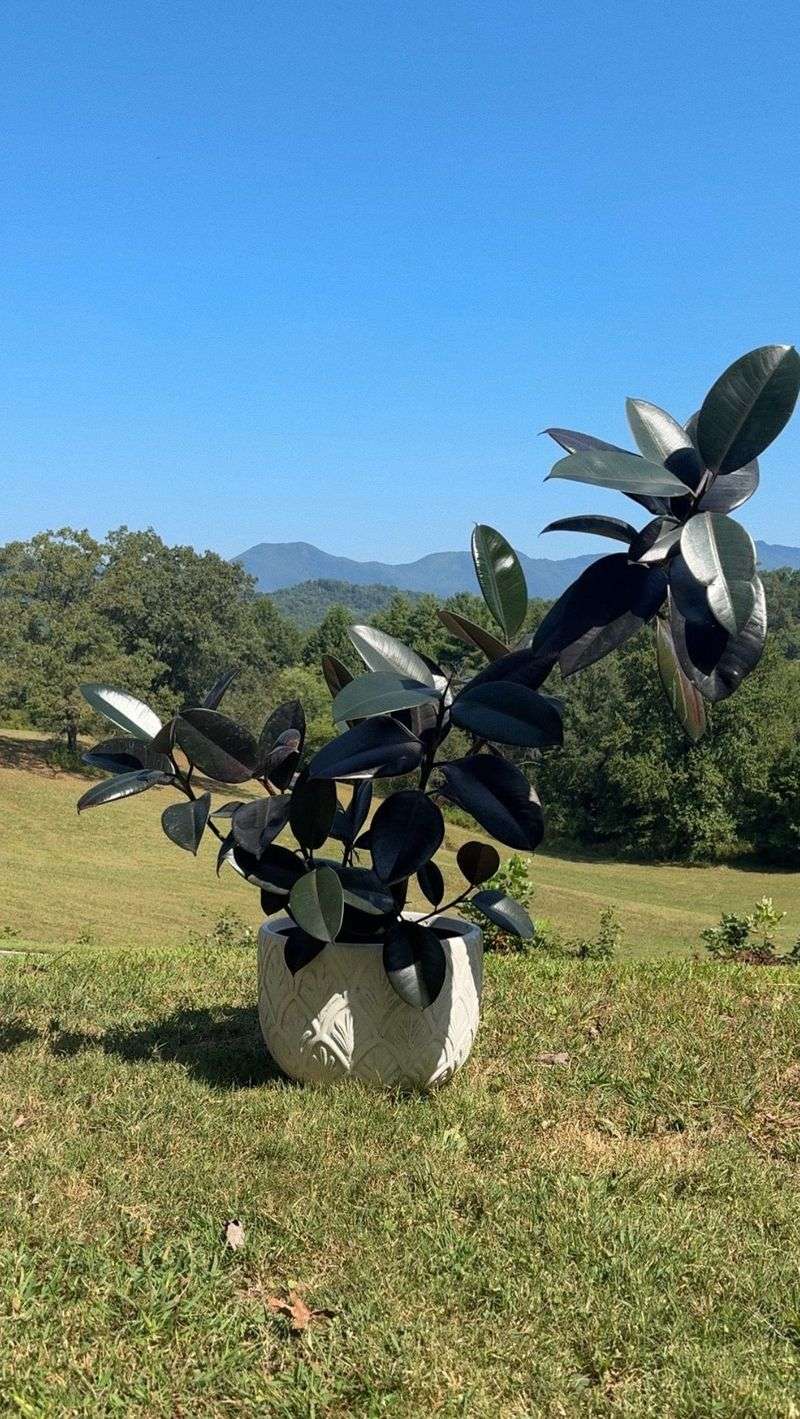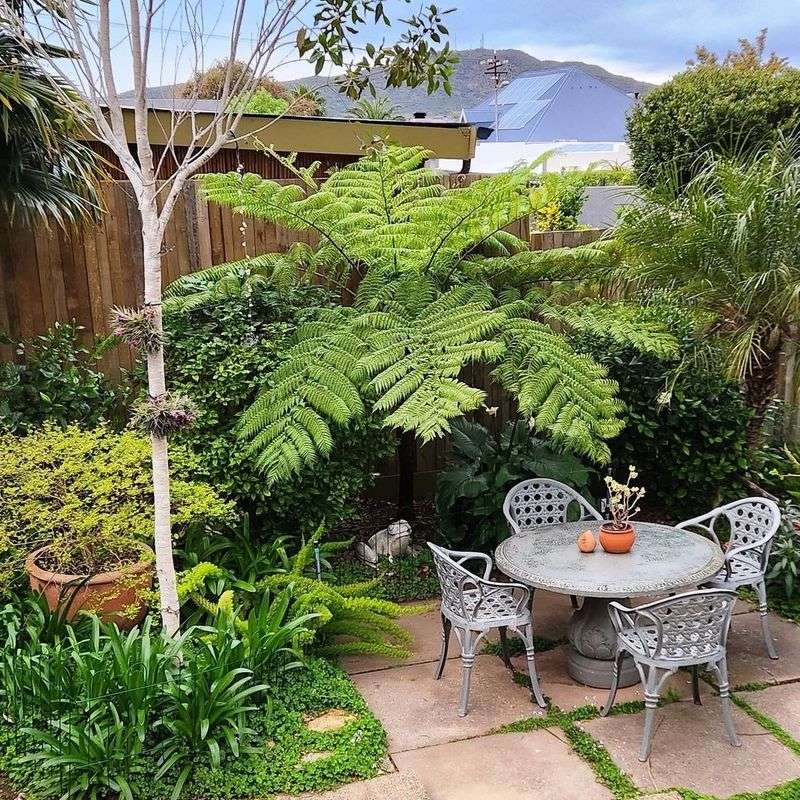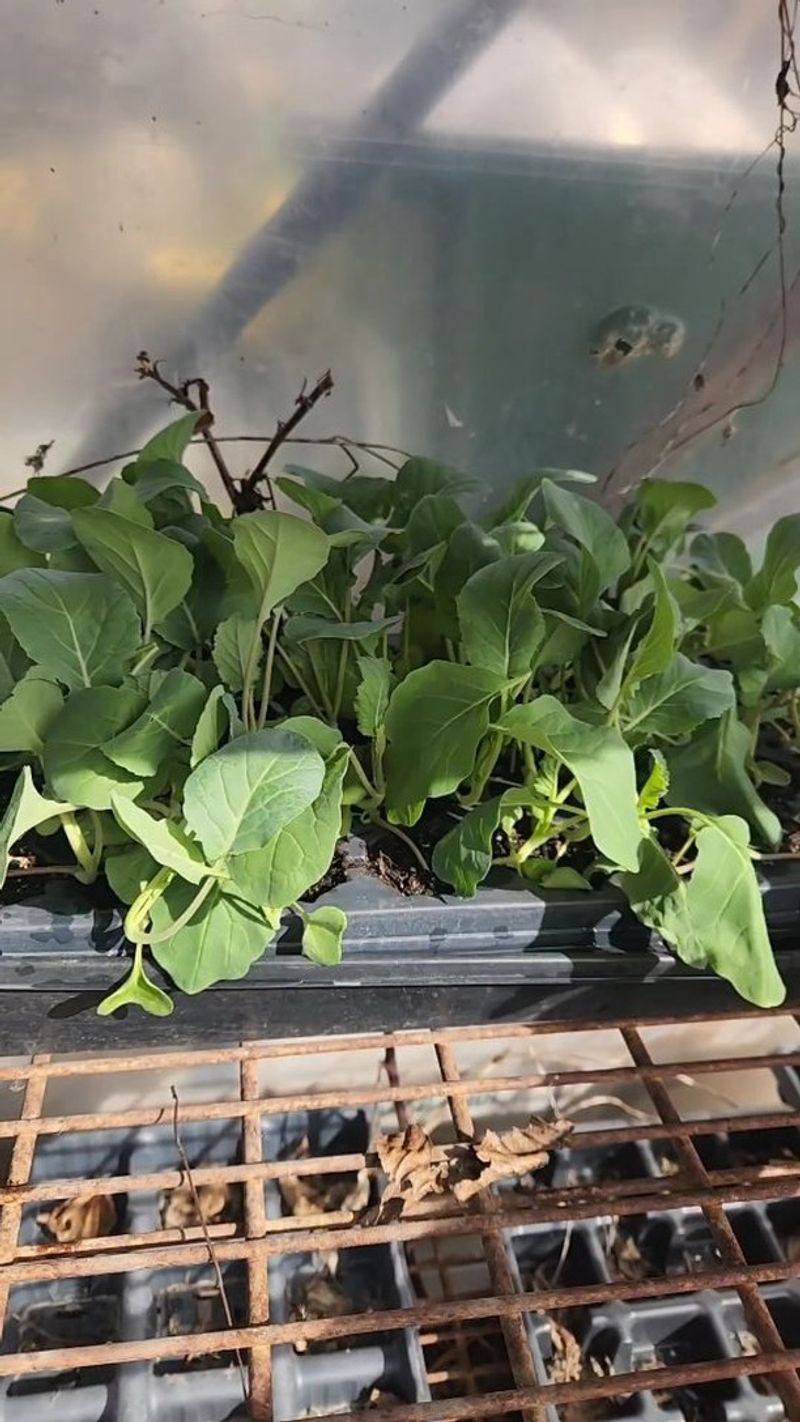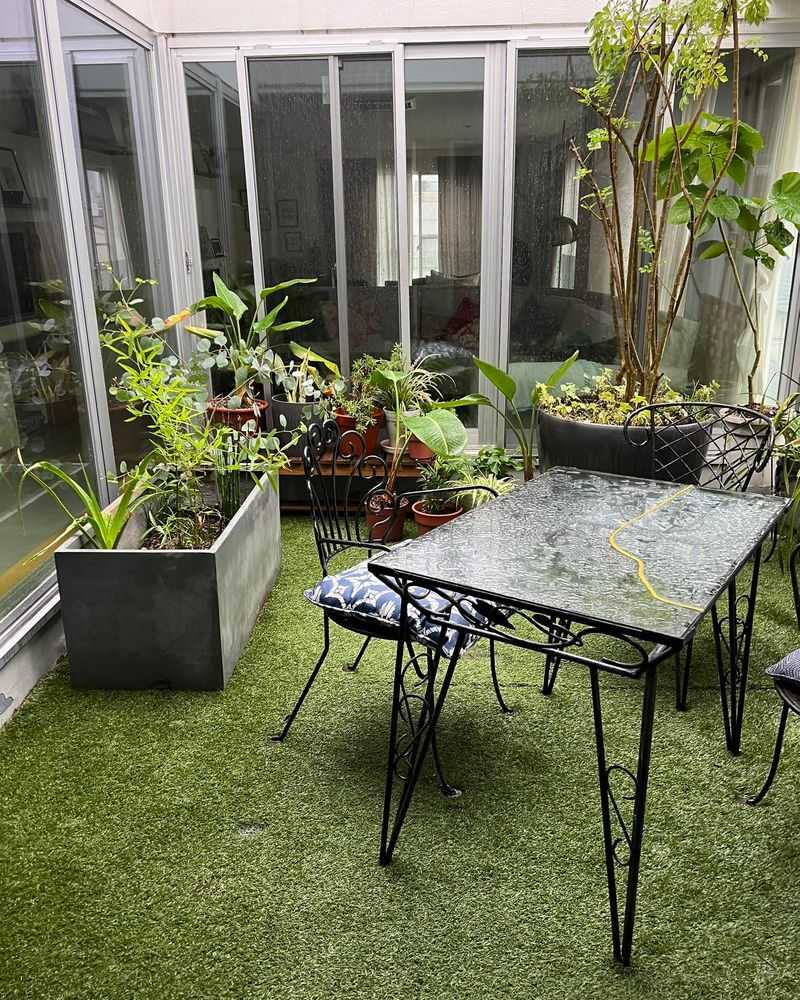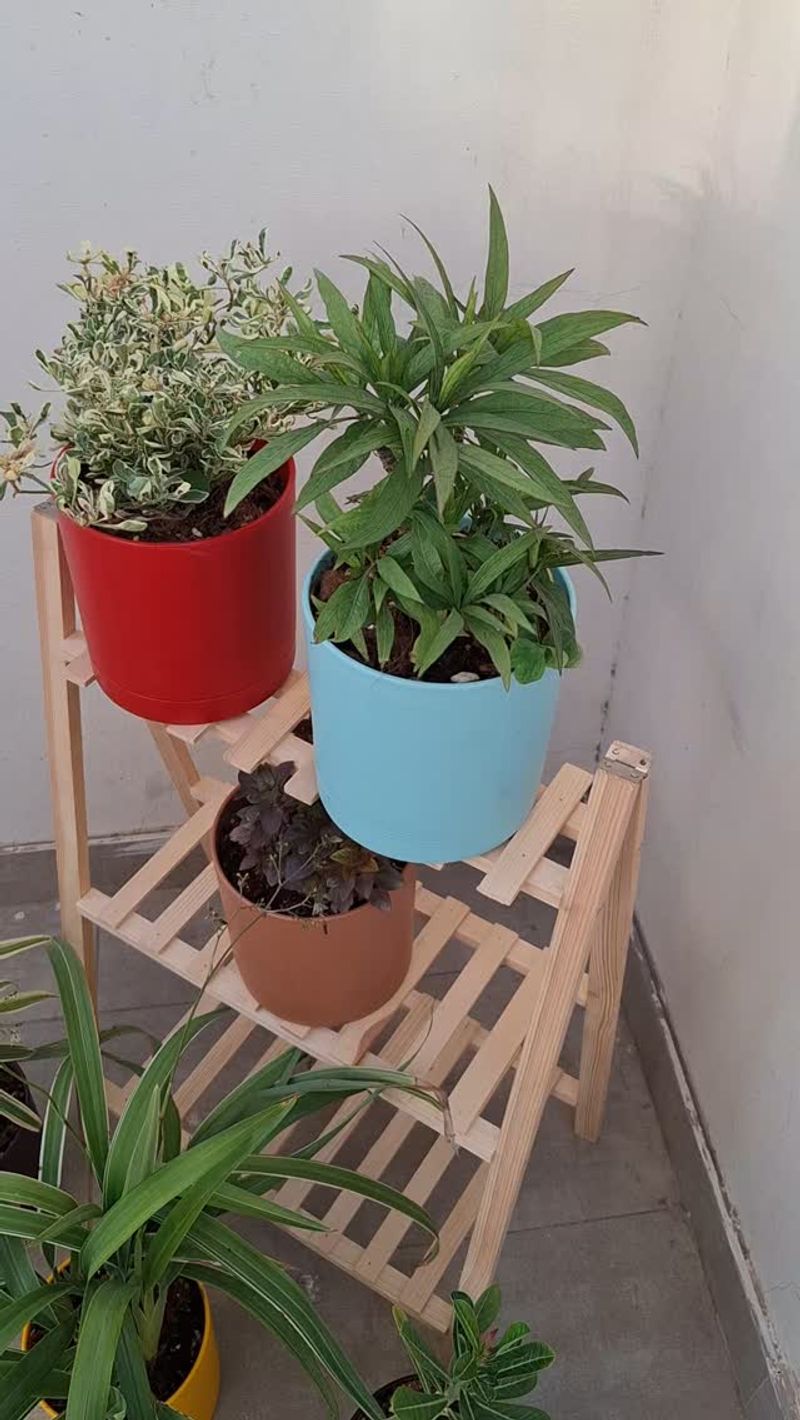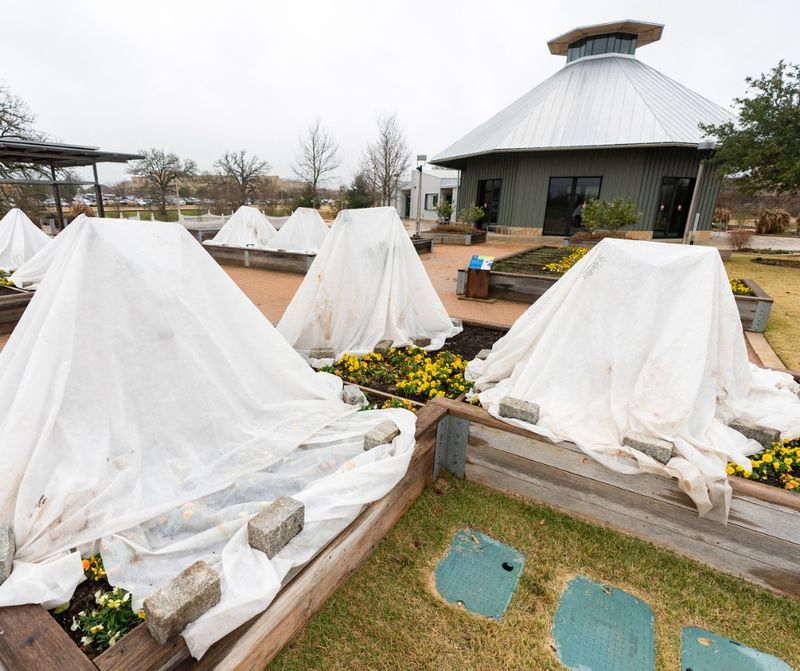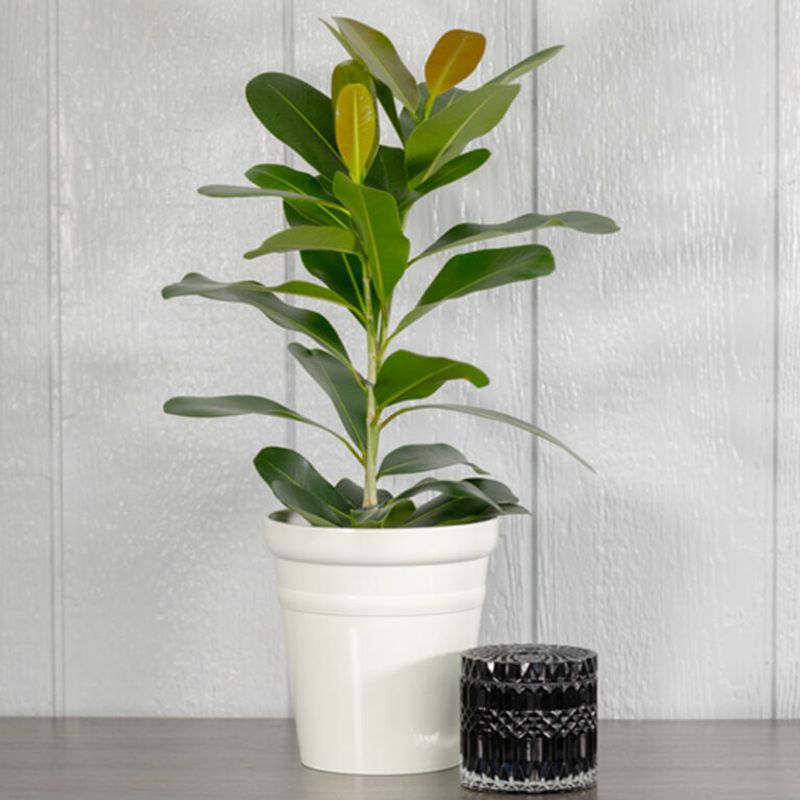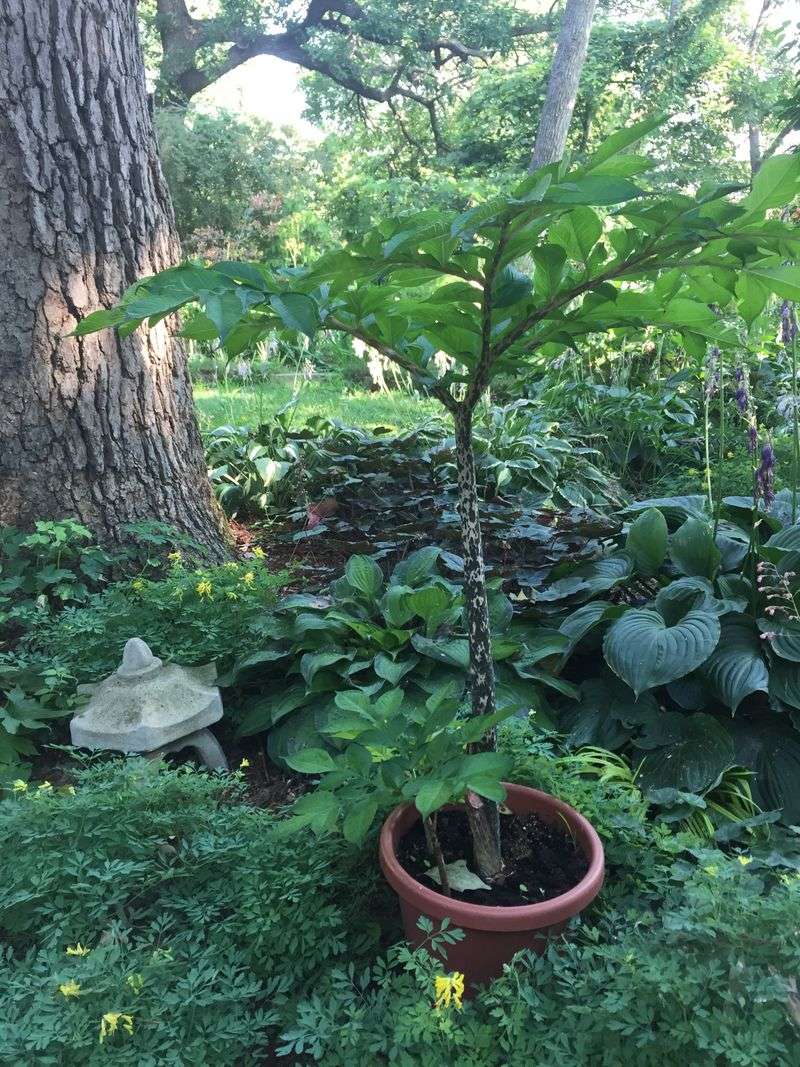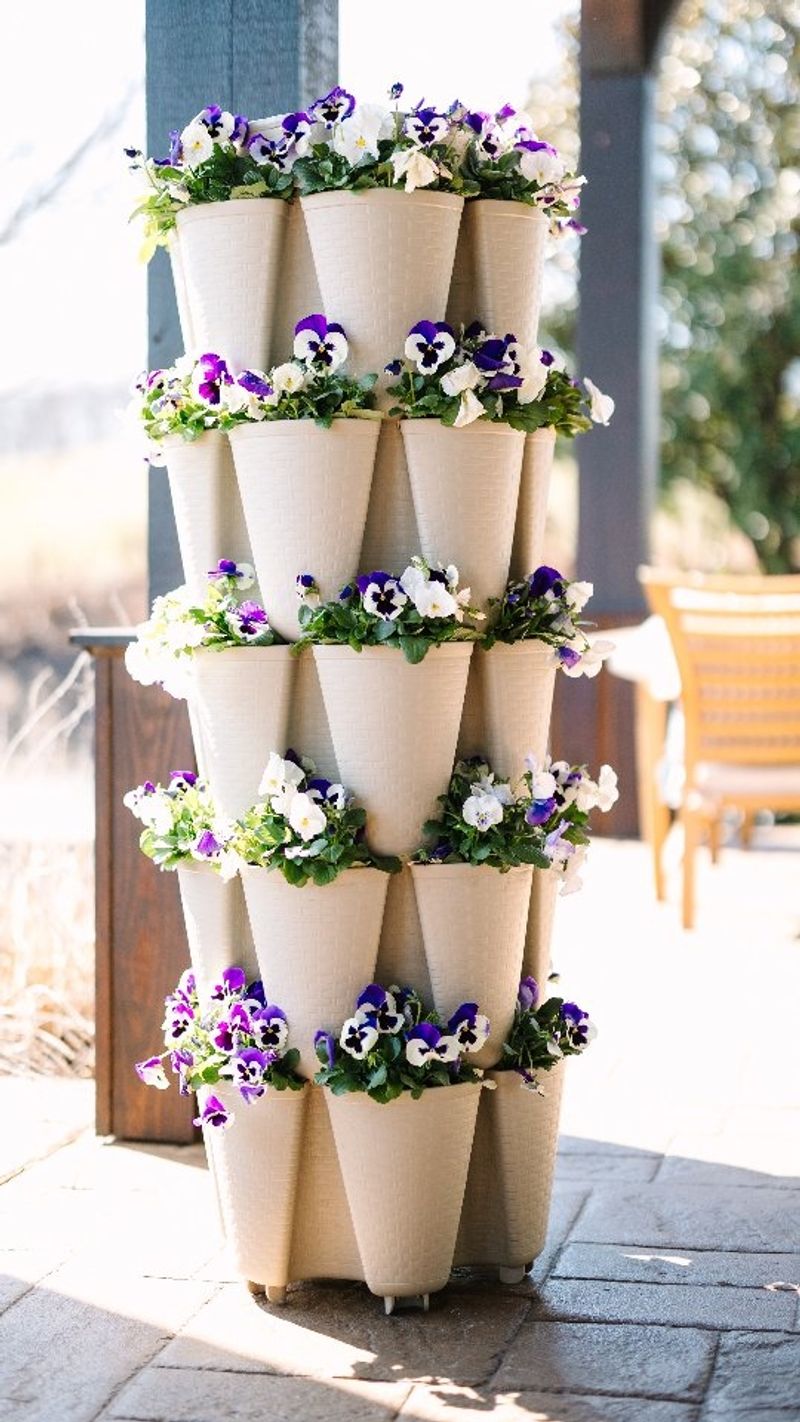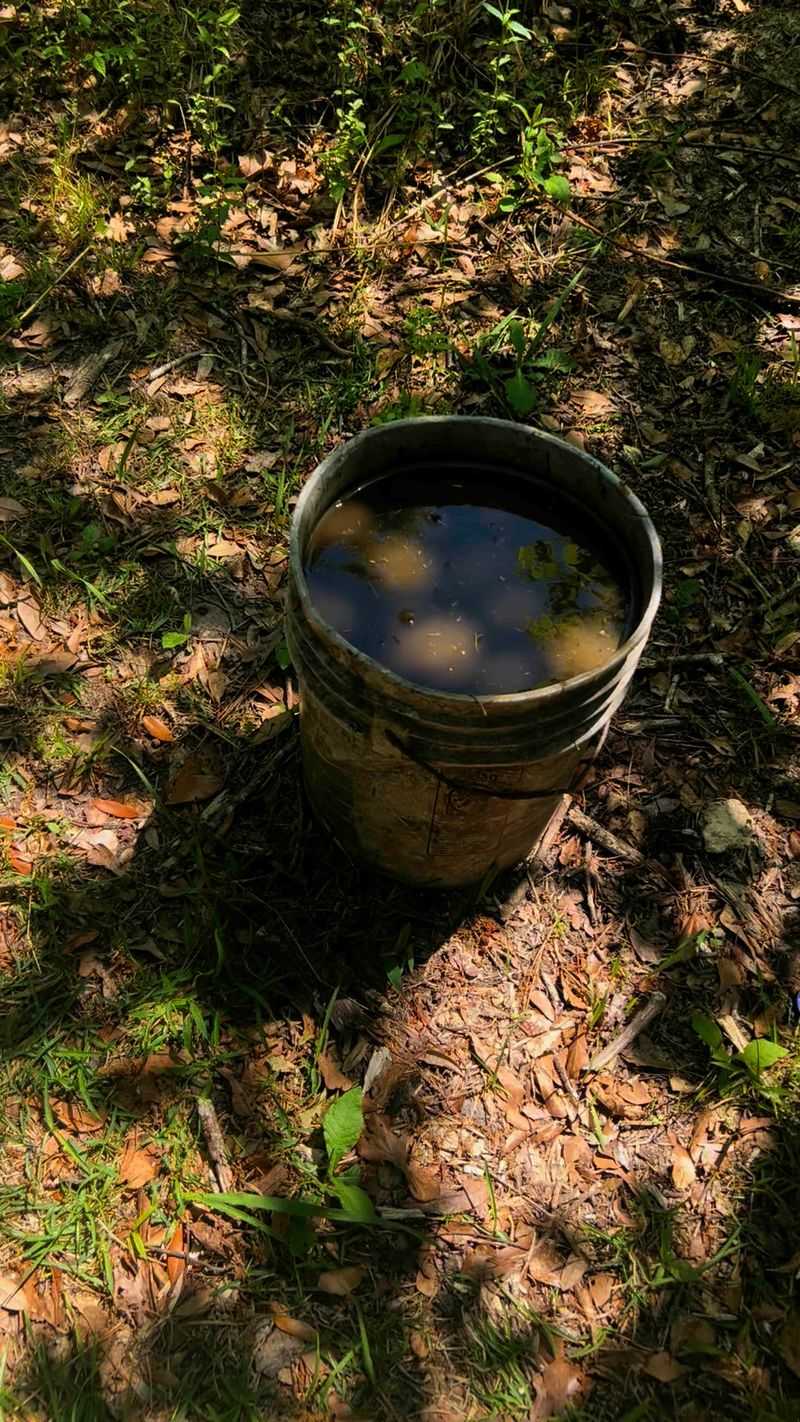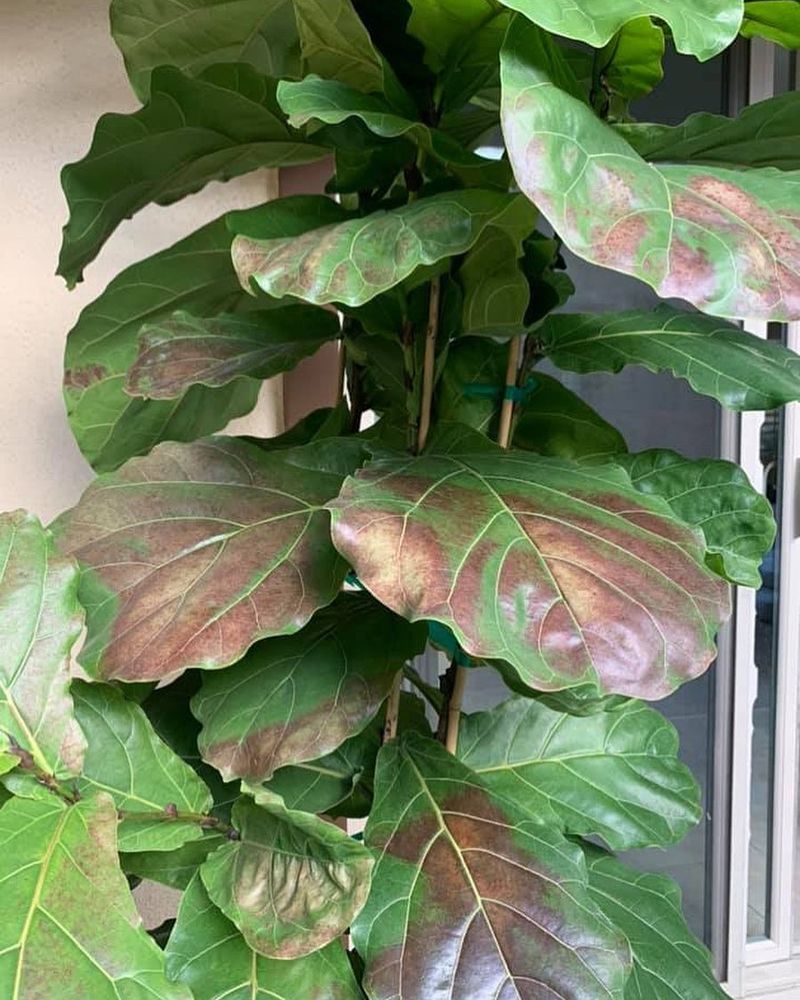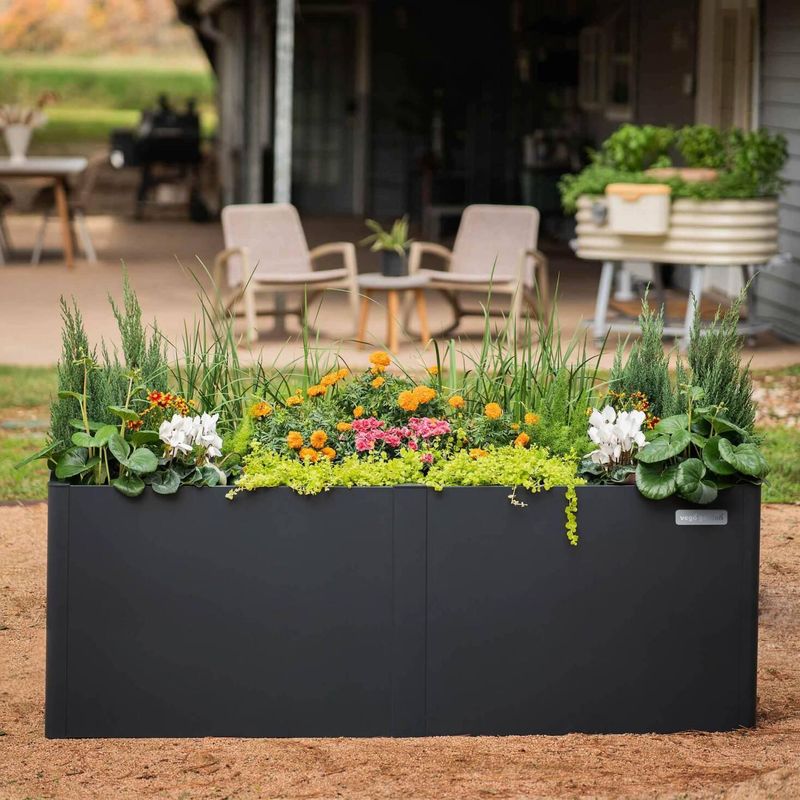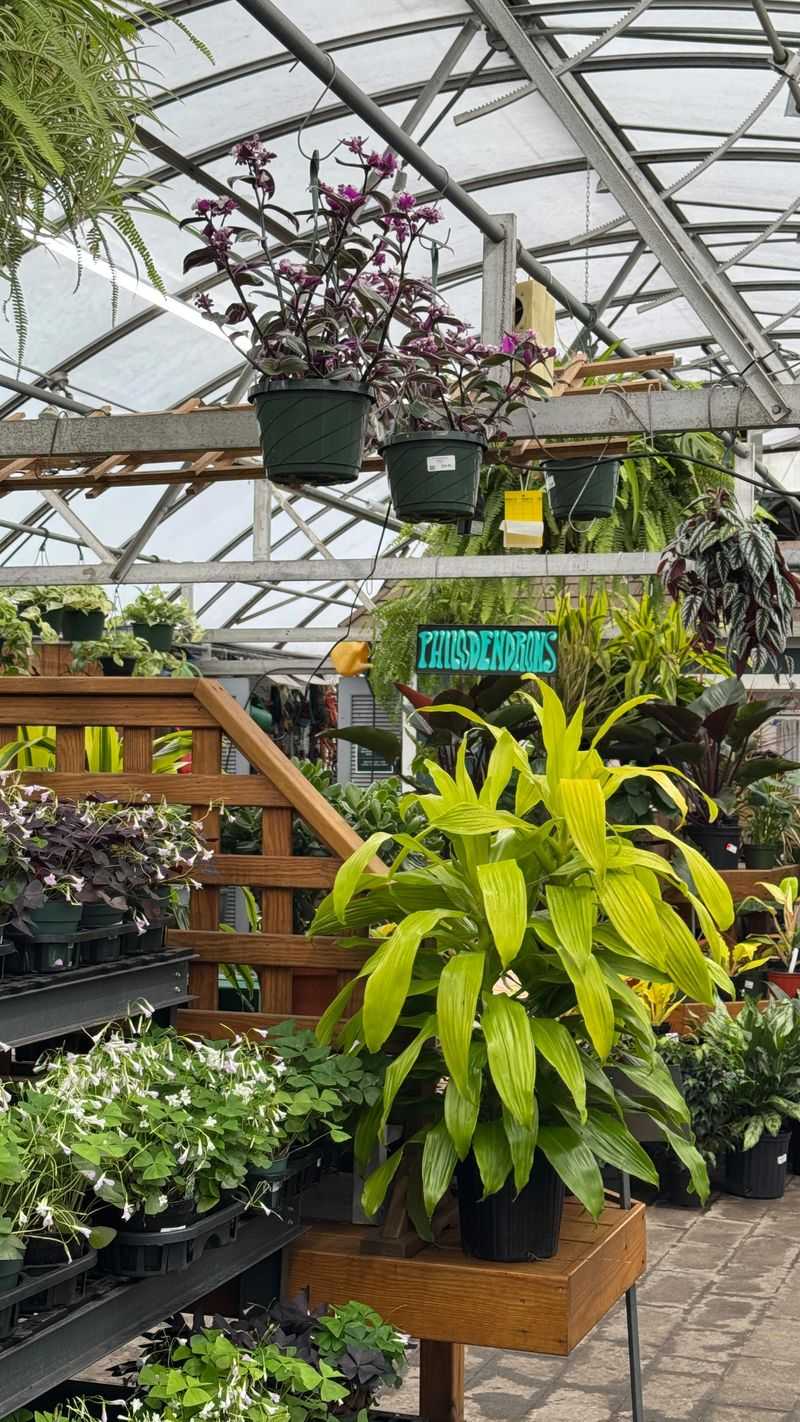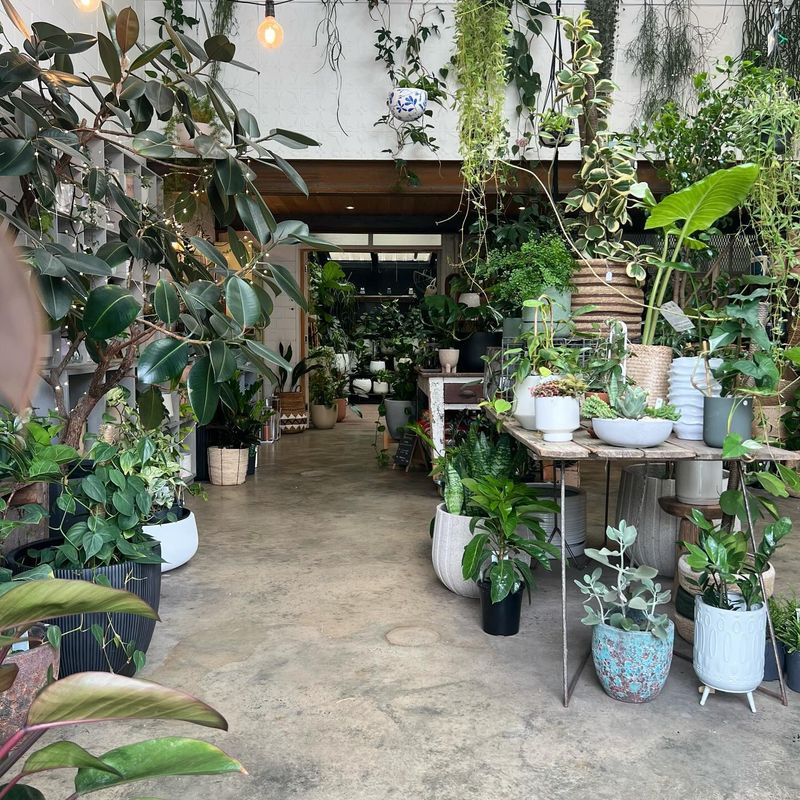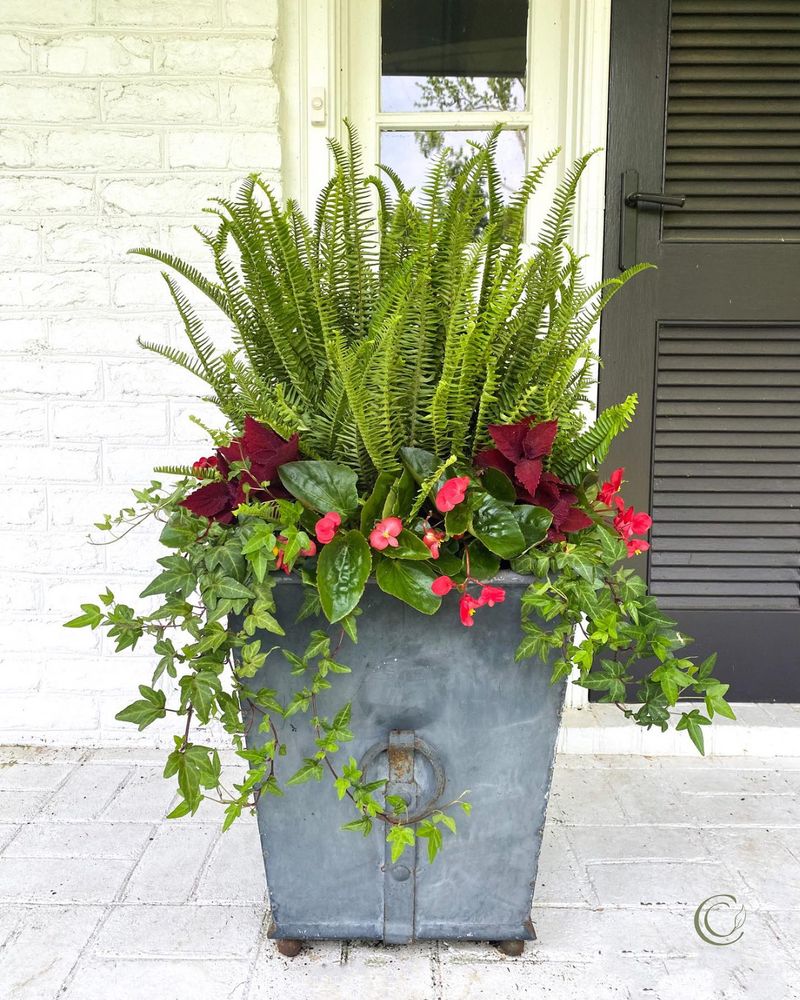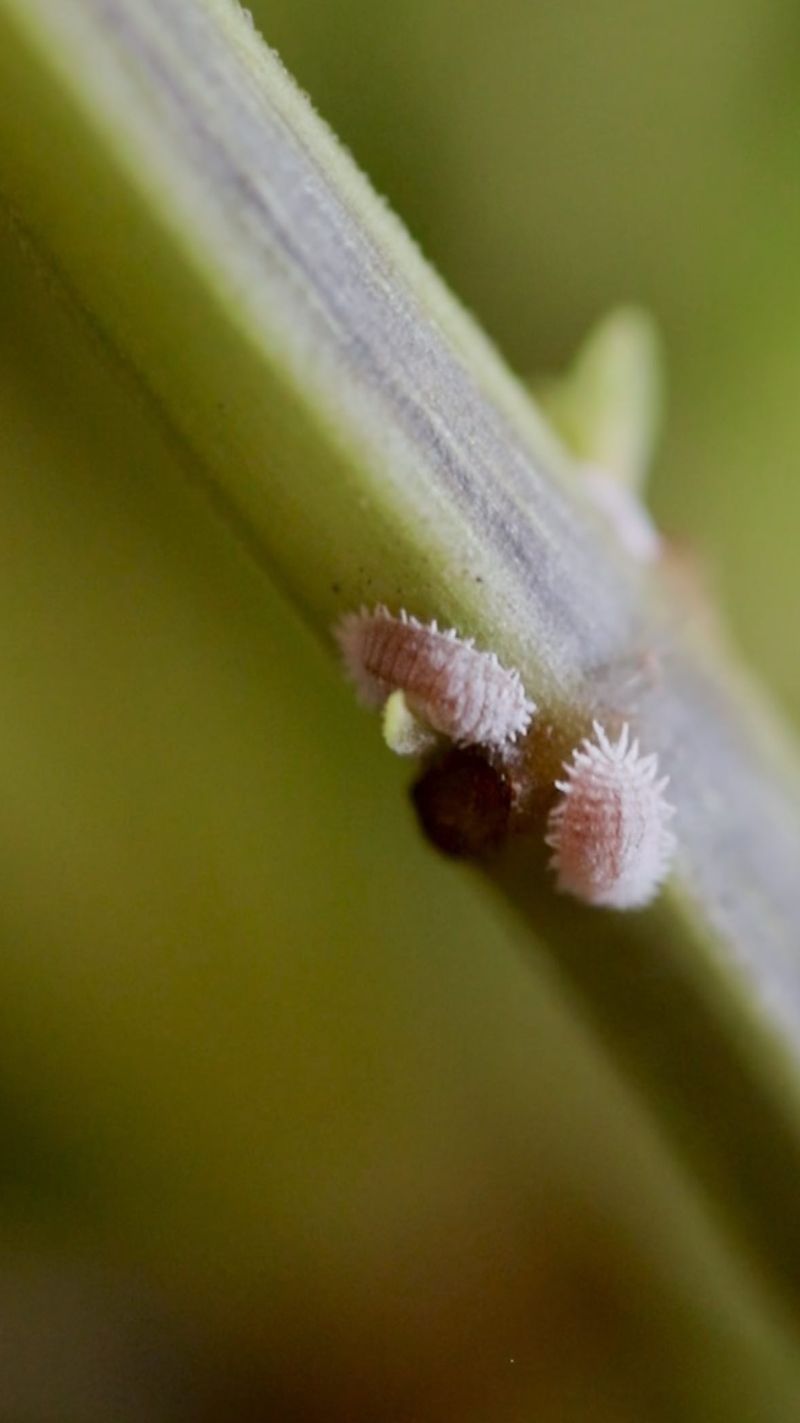As the weather warms up, your indoor plants are probably just as eager to enjoy the fresh air as you are. But moving them outside isn’t as simple as setting them on the patio and calling it a day. Without the right steps, sudden changes in sunlight, temperature, or wind can shock your plants and stunt their growth. Follow these 15 tips for moving indoor plants outside for spring and summer—and watch out for 3 things you should never do to keep them thriving all season long!
1. Gradually Increase Sun Exposure
Start your plant’s outdoor adventure by gradually introducing them to sunlight. Begin with a few hours in the morning or late afternoon sun, avoiding the harsh midday rays. Over a week, slowly increase exposure time. Plants need time to adapt to changing light levels.
This careful approach helps prevent leaf burn and stress. Adjusting to brighter conditions encourages healthy growth. Keep an eye on your plant’s response to ensure it’s comfortable with the new light intensity.
Patience and observation are key here, making the transition smooth and stress-free for your green friend.
2. Check for Pests Before Moving
Before outdoor relocation, give your plants a thorough pest inspection. Look for signs of insects like aphids or spider mites under leaves. Catching pests early prevents infestations from spreading outside.
Use a magnifying glass for detailed checks. Clean off any pests with soapy water or appropriate treatments. This ensures your plants remain healthy and pest-free in their new environment.
Regular checks can save plants from damage and keep them thriving. A vigilant eye can spot trouble before it becomes a bigger problem. Your plants will thank you for this extra care.
3. Clean Plant Leaves
Dusty leaves can hinder plant photosynthesis. Clean them gently with a damp cloth before moving outside. This simple act helps plants absorb sunlight better and thrive. Removing grime also reduces pest attraction.
Be gentle to avoid damaging the leaves. Clean leaves enhance your plant’s health and appearance. Regular cleaning can make a noticeable difference in growth.
Keeping leaves clean ensures they can breathe and absorb nutrients efficiently. It’s a small task with big benefits for your plant’s vitality.
4. Choose a Shady Spot First
When first moving plants outside, select a shady spot. This initial placement helps them adjust without sun shock. It mimics the lower light levels they’re used to indoors.
As they acclimate, gradually move them to brighter spots. This step minimizes stress and encourages healthy adaptation. Plants need time to build resilience to new conditions.
A dappled sun area works well for the first few days. Your plants will appreciate the gentle introduction to outdoor life. This thoughtful placement supports their transition smoothly.
5. Harden Off Plants Slowly
Hardening off is key to successful plant transitions. Gradually expose plants to outdoor conditions over a week or two. Start with short periods outside and increase daily.
This method helps plants toughen up to wind, sunlight, and temperature changes. Avoid sudden shifts to prevent shock. Consistent, gradual exposure builds plant strength.
This step is crucial for long-term health and robust growth. Hardening off gives plants the best chance to thrive. It might take time, but the results are worth the patience.
6. Water Thoroughly Before Transitioning
Well-hydrated plants handle transitions better. Water them thoroughly before their outdoor move. This ensures they have enough moisture to cope with increased sun and wind exposure.
Moist soil helps stabilize roots and prevents wilting. Consistent watering is crucial, especially during initial days outside. Adjust watering as plants adapt to outdoor conditions.
This care keeps them healthy and reduces stress. Proper hydration supports vigorous growth and resilience. It’s a simple step with a big impact on plant vitality.
7. Use Pots with Good Drainage
Choose pots with excellent drainage for outdoor plants. Adequate drainage prevents waterlogging, a common cause of root rot. Check for holes at the pot’s base and use well-draining soil.
This setup ensures excess water escapes easily. Proper drainage is essential for healthy roots and growth. It protects plants from excess moisture and related issues.
Regularly check drainage during rainy periods. This simple choice can prevent many problems and support vibrant plant life outdoors.
8. Monitor Outdoor Temperatures
Keep an eye on temperature fluctuations when moving plants outside. Sudden cold snaps can harm sensitive plants. Use a garden thermometer to monitor conditions.
Choose a sheltered spot to shield from temperature extremes. Adjust location as needed to protect plants. This vigilance helps plants adapt safely to their new environment.
Temperature awareness is crucial for plant health. It’s a proactive step to prevent weather-related setbacks. Plants thrive best in stable conditions, so keep close tabs on the forecast.
9. Bring Plants in During Cold Snaps
Quick action during unexpected cold snaps can save plants. Bring them indoors if temperatures drop suddenly. Frost-sensitive plants need this extra care. Place them back outside once conditions improve.
This flexibility minimizes cold damage and stress. Prepare a temporary indoor spot for emergencies. Your attentiveness ensures plant health and continued growth.
This readiness for temperature changes protects investments in your plants. It’s a simple, effective way to safeguard against unforeseen weather challenges.
10. Acclimate Plants Over 7-10 Days
Acclimation takes time, so plan for a 7-10 day adjustment period. Gradually shift plants to different outdoor spots. Start with partial shade, then increase sunlight exposure. This process helps plants strengthen and adapt to new conditions.
Regular monitoring of plant response is important. Patience ensures a smooth transition and healthy growth. Consistent care during this period sets the stage for successful outdoor living.
Plants appreciate this gradual, gentle introduction to life outside. It’s a thoughtful approach with lasting benefits.
11. Protect from Strong Winds
Wind can be a challenge for plants new to outdoor life. Use windbreaks like fences or shrubs to provide shelter. Position plants in less windy areas initially. This protection prevents physical damage and stress.
Secure plants to prevent tipping in gusts. A calm environment supports healthy growth and adaptation. Thoughtful positioning minimizes wind impact and ensures comfort.
Your efforts create a safe, nurturing space for plants. It’s a practical way to ease their transition outdoors.
12. Fertilize Lightly After Moving
Once settled outdoors, plants benefit from light fertilization. Use a balanced, slow-release fertilizer to boost growth. Apply sparingly to avoid overfeeding. This nourishment supports plant health and vigor.
It’s a boost that enhances their adaptation to new surroundings. Regular, appropriate feeding encourages robust growth. Monitor plant response to adjust feeding schedules as needed.
This care strengthens plants and promotes resilience. A well-fed plant enjoys a fruitful outdoor season. It’s a small step with significant impact on vitality.
13. Watch for Leaf Scorch or Stress
Keep a vigilant eye on plants for signs of leaf scorch or stress. Look for discolored or wilting leaves. These symptoms indicate sunburn or environmental shock. Adjust plant placement to prevent further damage.
Regular checks ensure quick responses to issues. This attention helps maintain plant health and vitality. Early detection and action make a difference.
Your careful observation supports thriving plants in their new outdoor home. It’s a proactive approach to managing plant well-being.
14. Keep Plants Elevated Off Hot Surfaces
Hot surfaces can damage plant roots. Elevate pots with stands or bricks to prevent heat exposure. This simple action protects roots from overheating. It also improves air circulation around plants.
Elevated pots stay cooler, promoting healthier growth. Regularly check surface temperatures during hot days. This proactive measure ensures plants remain comfortable and safe.
Elevation is a small, effective way to enhance plant well-being. Your plants enjoy cooler, more supportive conditions as a result.
15. Group Plants Together for Humidity
Increase humidity by grouping plants together. This arrangement creates a microclimate with higher moisture levels. It’s beneficial for humidity-loving plants.
Close proximity reduces water loss and supports hydration. Regular misting enhances this effect. Grouping plants fosters a community that thrives together.
This method is simple yet effective in maintaining moisture. Your plants enjoy a supportive environment that promotes healthy growth. It’s a thoughtful way to create a nurturing outdoor space.
16. Never Move Plants Out During a Heatwave
Avoid moving plants during a heatwave. Extreme temperatures can shock and stress them. Wait for cooler, stable conditions to transition outdoors. This timing prevents heat-related damage.
Plan moves for mild, overcast days. Patience ensures a smooth adjustment and strong plant health. Your timing is crucial for a successful transition. Plants thrive best in supportive environments.
This careful consideration minimizes risk and enhances adaptation. It’s a simple guideline with big benefits for your plants.
17. Never Expose Shade-Lovers to Full Sun Immediately
Shade-loving plants need special care when moving outside. Avoid immediate full sun exposure to prevent leaf burn. Place them in dappled sunlight or shade initially. Gradually increase light as they adjust.
This protection supports their gentle nature and growth. Regularly monitor plant response to lighting changes. Your thoughtful placement enhances plant vitality and comfort.
It’s a mindful approach that respects their needs. Shade-lovers thrive best with this gradual introduction to outdoor conditions.
18. Never Forget to Check for Pests After Moving Outside
Regular pest checks are crucial after moving plants outside. New environments can attract insects like aphids or spider mites. Inspect leaves and stems for signs of infestation.
Early detection allows prompt treatment. Use appropriate pest control methods to prevent spread. This vigilance protects plant health and growth.
Consistent checks enhance plant resilience and vitality. Your attention keeps plants thriving in their new home. It’s a proactive way to ensure a pest-free environment.

